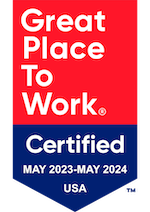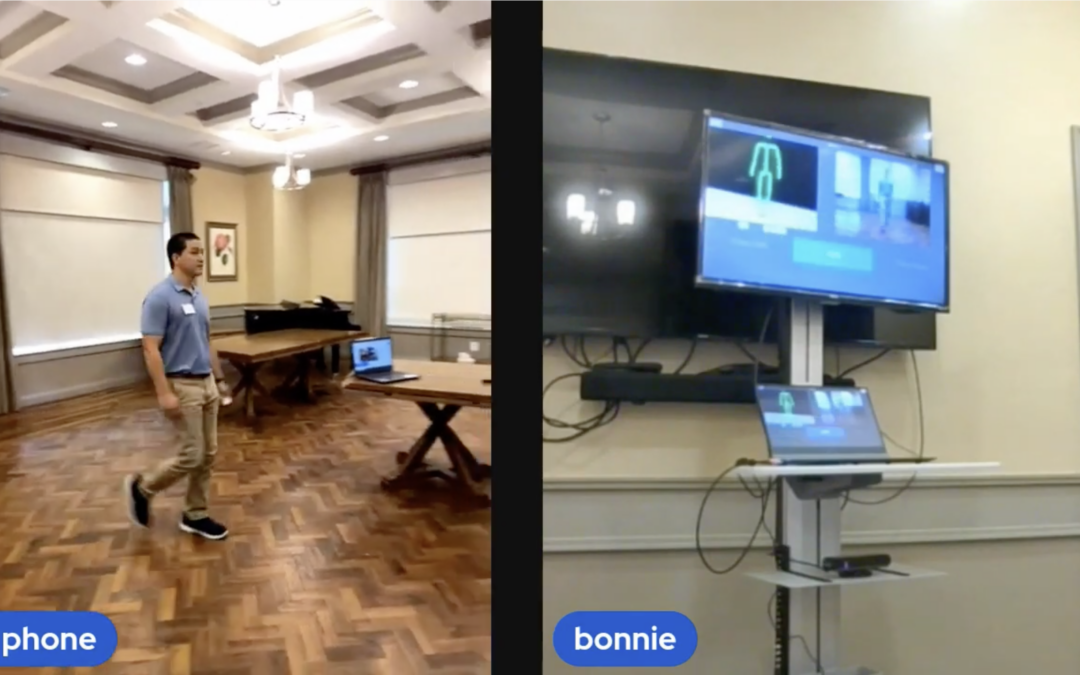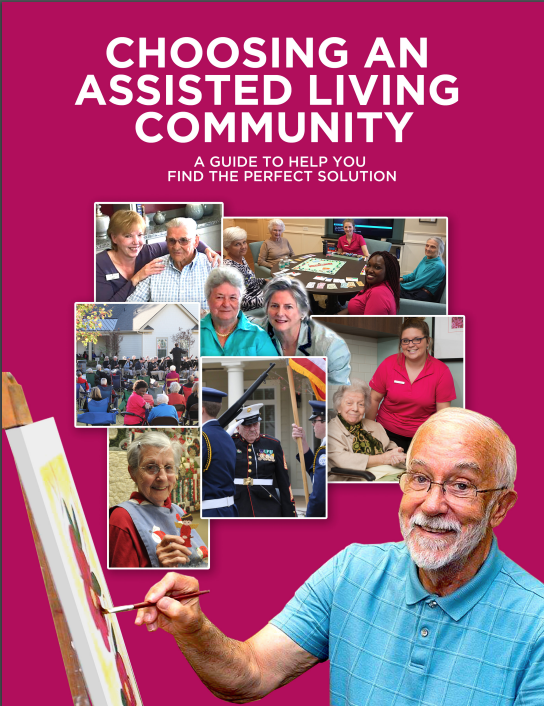This is something that we at Camellia Place feel will benefit our assisted living and memory care, residents. Rise Senior Living is on-site five days a week. They are our therapy partners, and this technology helps make their jobs even easier by identifying any risks of a fall over 12 months. The tests are quick, easy to operate, and easy to understand. They give us the information needed for our thorough health and wellness assessment, which we can utilize to help new residents, who are moving into the neighborhood, stay safe and content while also keeping all of our present residents from being hospitalized and living their best lives. The technology records how steady our residents are. Additionally, it can indicate if the person is leaning one way or the other. If they lean far to the left, we can see that. It’ll show that if they shift their weight back in their heels. If someone’s unsteady, we can see that, and it’s recording all of this the whole time. This tech also allows the therapist to write and record comments on how the individual did in the tests. This way, the therapist could go back and understand the variables that occurred during these tests. Also, results are saved so they can be reviewed later to compare progress. After tests are run, and results are recorded, we use that information as a sort of fall predictor.
The VistrueSense VST fall risk reduction technology has proven to:
- Reduce falls by 80%
- Reduce falls leading to injuries by 96%
- Reduce false alarms by 95%
Ultimately, Camellia Place wants to limit fall risks and provide its residents with a safe, happy, healthy environment. We got to hear from Andy Champion of VirtuSense, the manufacturer of this device. He explained that this technology uses light waves, radar, and lasers to track the body’s movements instead of echolocation, the reflections of sound waves. It transmits thousands of little impulses every second, and the computer will record what is reflected. Similar to radar or sonar on a ship at sea, this can record the human body in the same respect. It collects data on how fast the individual is moving, step length, cadence, and the ability to balance. He also explained that VirtuSense has worked with several Universities on studies with their technology and found that it is just as accurate as the $100,000 3D gate labs many Universities have. It is highly accurate at a fraction of the cost. Champion said when looking at the data from a clinical perspective, the people at Rise Senior Living will be looking to see if the residents who have just been screened fall below any of the data norms. This technology removes objectivity and subjectivity from the process and provides highly accurate results. Those results are categorized into three areas:
- Low fall risk
- Medium fall risk
- High fall risk
The injury rates of individuals who fall are about 15% of falls resulting in catastrophic injury. Injuries like this can keep residents from experiencing the activities they would normally participate in every day, which is less than ideal. Less catastrophic falls will lead to less hospitalization. Using this technology is a way to be proactive versus reactive. The goal is to limit those chances of injury even more so that residents can be as active as they possibly can be. This helps everyone to be able to rest easy, knowing the risk of falling/being injured from falling is reduced drastically.



